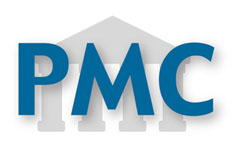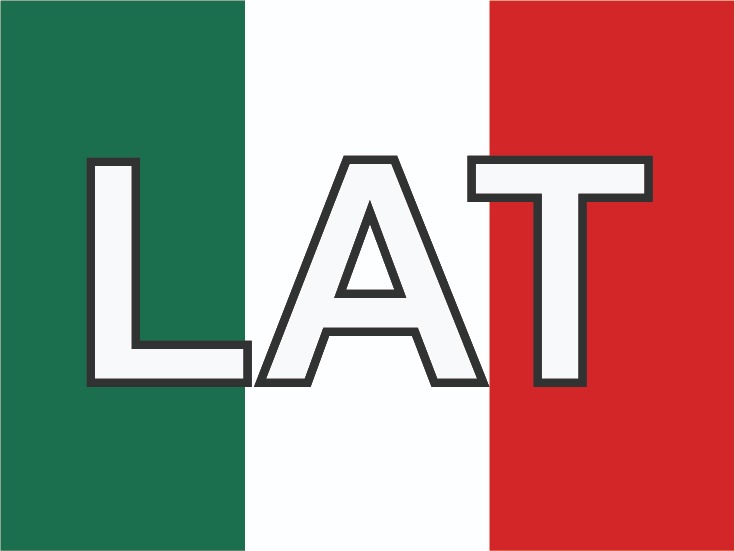AfroColombian ethnicity, a paradoxical protective factor against Dengue
Abstract
Introduction:Dengue is a priority public health problem. During epidemics in Cuba and Haiti, ethnic African descendant population had lower risk of dengue, and the ethnic factor was proposed as a protective one.
Objective:To determine the relation between the Dengue's cumulative incidence and the Afro-Colombian proportion in communities of Cali, during the epidemic of 2013.
Methods:This study was conducted in Cali, Colombia. The design was ecological, using information from the National Census 2005 projected to 2013, from the National Administrative Department of Statistics (DANE), and the National Epidemiological Surveillance System. It was obtained the Pearson´s correlation coefficient between cumulative incidence and the proportion of Afro-Colombian population by communities. Additionally, the cumulative incidences of dengue were evaluated in two zones with different proportion of Afro-Colombian population. The association was also evaluated for aggregation bias, confounding by social variables, and interaction by area of residence.
Results:Dengue´s cumulative incidence was significantly lower for Afro-Colombians regardless of the proportion of Afro-Colombian population in the area of residence. The relative risk of dengue between non-AfroColombians and AfroColombians was 9.4 (95% CI=8.4-10.6) in zones with high proportion of Afro-Colombian population, while the relative risk of dengue was 4.0 (95% CI :3.6 - 4.4) in the zone with lower proportion of Afro-Colombian population. There was no evidence of aggregation bias or confounding in the association by social variables.
Conclusions:The Afro-Colombian population had a significantly lower risk of getting dengue and its complications, compared with the non-Afro-Colombian population. The non-Afro-Colombian populations living in areas with a high proportion of AfroColombians increase their risk of dengue more than double, suggesting an asymptomatic viremic environment.
Authors
Downloads
Keywords
- ethnicity
- African Americans
- dengue
- ecological
- epidemiological surveillance
References
Ministerio de la Protección Social de Colombia,Instituto Nacional de Salud; OPS/OMS. Guía para la atención clínica integral del paciente con dengue. Bogotá: 2010. http://www.paho.org/col/index.php?option=com_docman&task=doc_download&gid=1214&Itemid=.
Mercado M. Informe del evento Dengue año 2013. Instituto Nacional de Salud; http://www.ins.gov.co/lineas-de-accion/Subdireccion-Vigilancia/Informe%20de%20Evento%20Epidemiolgico/DENGUE%202013.pdf
Halstead S. Dengue. Volumen 5. London UK: Imperial College Press; 2008
Guzmán M. Treinta años después de la epidemia Cubana de dengue hemorrágico en 1981. Rev Cuban Med Trop. 2012;64:5–14
Guzmán M. Dengue y Dengue hemorrágico, Cuba 1981-2005. Ciudad de la Habana, Cuba: 2007. Instituto de Medicina Tropical Pedro Kourí, Departamento de Virología;
Sierra B, Kouri G, Guzmán M. Race: a risk factor for dengue hemorrhagic fever. Arch Virol. 2007;152:533–542
Halstead S, Streit Th, Lafontant J, Putvatana R, Russel K, Sun W, Kanesthasan, et al. Haiti: Absence of dengue hemorrhagic fever despite hyperendemic dengue virus transmission. Am J Trop Med Hyg. 2001;65:180–183
Coffey L, Mertens E, Brehin A, Fernández-García M, Amara A, Despre´s PH, et al. Human genetic determinants of dengue virus susceptibility. Microbes Infect. 2009;11:143–156
Kourí G, Guzmán MG, Bravo JR, Triana C. Dengue hemorrhagic fever/dengue shock syndrome: lessons from the Cuban epidemic, 1981. Bull World Health Org. 1989;67:375–380
Rojas J . Dengue y Dengue Grave. Secretaría de Salud Pública Municipal de Cali; 2011. http://calisaludable.cali.gov.co/saludPublica/2013_Dengue/revista%20dengue_dengue_grave.pdf
DANE. Infraestructura Colombiana de Datos, sistema de Consulta. DANE; 2008. http://icd.dane.gov.co:8080/Dane/tree.jsf
Escobar MG. Cali en Cifras 2011. Departamento de Planeación Municipal, Alcaldía de Cali; 2012. http://www.cali.gov.co/publicaciones/cali_en_cifras_2011_pub
Ministerio de la Protección Social,Instituto Nacional de Salud,; OPS/OMS. Gestión para la Vigilancia entomológica en Salud Publica del dengue. Bogotá, Colombia: 2010. http://www.ins.gov.co/temas-de-interes/dengue/03%20vigilancia%20entomo%20dengue.pdf
Cuéllar ME, Velásquez OL, González R, Morales CA. Detección de Aedes albopictus (Skuse) (Diptera: Culicidae) en la ciudad de Cali, Valle del Cauca, Colombia. Biomédica. 2007;27:273–279
Instituto Nacional de Salud de Colombia. SIVIGILA. Bogotá; 2014. http://www.ins.gov.co/lineas-de-accion/Subdireccion-Vigilancia/sivigila/Paginas/vigilancia-rutinaria.aspx
Ministerio de Salud y Protección Social. Decreto 3518 de 2006 : Por el cual se crea y reglamenta el Sistema de Vigilancia en Salud Pública y se dictan otras disposiciones. Bogota, D.C: 09–09 octubre de . 2006. http://www.ins.gov.co/lineas-de-accion/Subdireccion-Vigilancia/sivigila/Documentos%20SIVIGILA/Decreto%203518%2006%20Crea%20y%20reglamenta%20el%20SIVIGILA.pdf
Instituto nacional de Salud,Dirección de vigilancia y análisis del riesgo en salud pública. Manual de usuario sistema aplicativo sivigila 2016. Diciembre . 2015. http://www.ins.gov.co/lineas-de-accion/Subdireccion-Vigilancia/sivigila/Documentos%20SIVIGILA/_Manual%20Sivigila%202016.pdf
Ramírez M. Manejo de la información y calidad del dato. Bogotá Colombia: Grupo Sivigila de la Subdirección de Vigilancia y Control en Salud Pública del Instituto Nacional de Salud; 2012
Anselin L. GeoDa 0.9 User's Guide. Department of Agricultural and Consumer Economics. University of Illinois, Urbana-Champaign; 2003
Rojas J. Dengue y Dengue Grave 2013. Pereira: Impresiones SuForma; 2014
Restrepo B, Arboleda M, Lopera T. Estudio seroepidemiológico de Dengue en la Región del Urabá antioqueño, Colombia. Infectio. 2004;8:255–262
Centro de Pastoral Afrocolombiana. Historia del pueblo afrocolombiano. Popayán: Edición CEPAC; 2003. http://axe-cali.tripod.com/cepac/hispafrocol/
Standish K, Kuan G, Avilés W, Balmaseda A, Harris E. High dengue case capture rate in four years of a cohort study in Nicaragua compared to national surveillance data. Plos Negl Trop Dis. 2010;4(3):e633
Sklo M, Nieto J. Epidemiology beyond the basics. Maryland USA: Aspen Publishers; 2000
Copyright (c) 2016 Universidad del Valle

This work is licensed under a Creative Commons Attribution 4.0 International License.
The copy rights of the articles published in Colombia Médica belong to the Universidad del Valle. The contents of the articles that appear in the Journal are exclusively the responsibility of the authors and do not necessarily reflect the opinions of the Editorial Committee of the Journal. It is allowed to reproduce the material published in Colombia Médica without prior authorization for non-commercial use




















